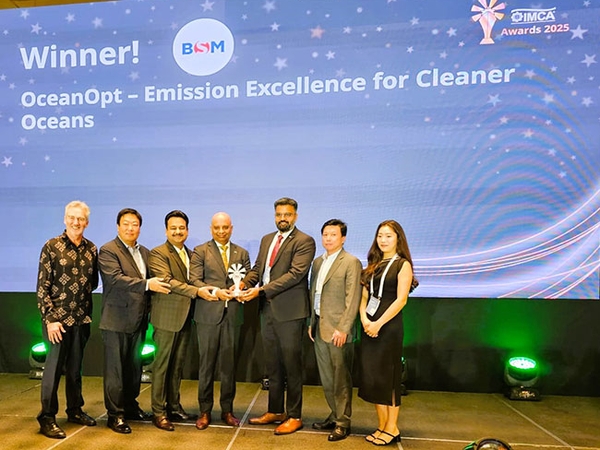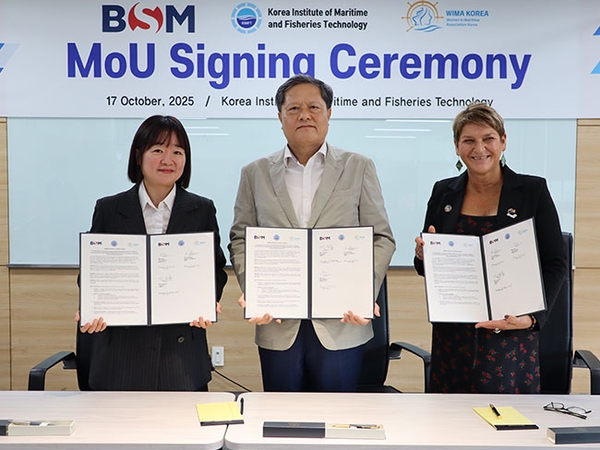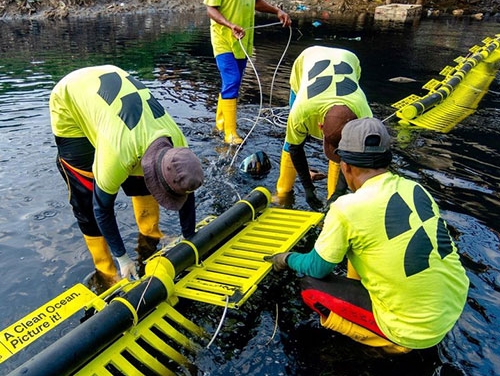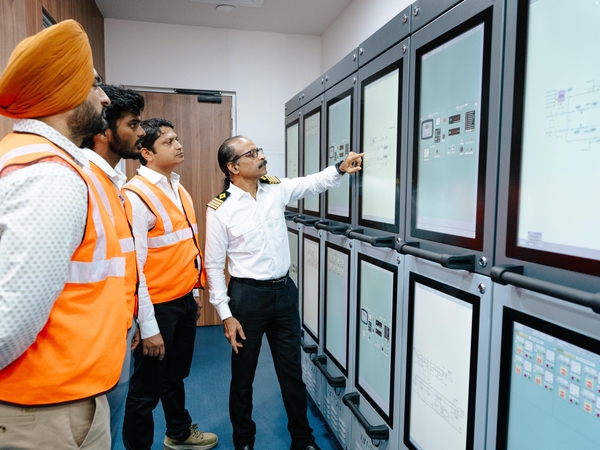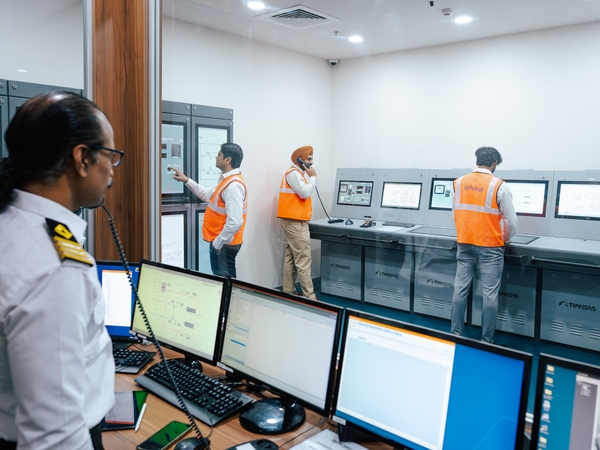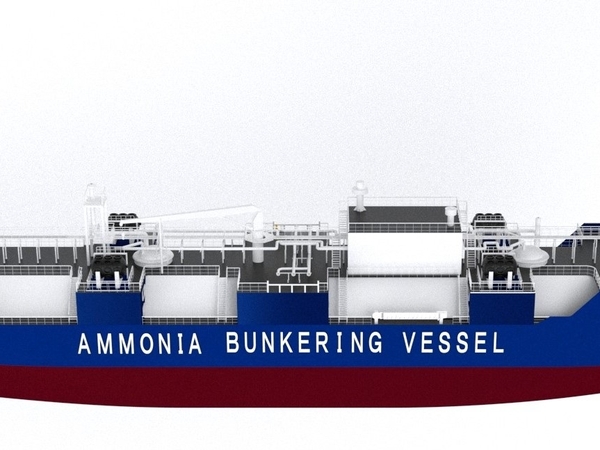Consequences:
- Damage of transformers and switchboards
- Offhire
- Survey and class attendance costs
- Cargo transfer operation costs
- Additional costs for berthing
Causes
- Exposure to adverse weather conditions – The ship experienced monsoonal seas in the Arabian sea for several days with south westerly winds BF 7-8 and seas 5-6 meters height.
- Defective tools / equipment - Short circuit of the switchboards in the bosun store due to water ingress caused tripping of the auxiliary engine.
- Failure to secure – Deck openings / hatches were not effectively secured and their effectiveness not verified e.g. mooring line trunk, bosun store room vent gooseneck, spurling pipes, chain locker doors etc.
- Failure to follow procedures / instructions – Various procedures not followed.
- Preparing for heavy weather / securing arrangements not effective.
- Testing of bilge alarms not effective / defective audible alarms of the alarm control system not identified.
- Safety inspections not effective / safety critical deficiencies not identified and reported.
- Superintendent inspections.
- Competency assessment.
- Emergency response.
- Ship was taken over in sub-standard condition and funding / budget was not sufficient.
- Substandard acts by external party.
- Owners 2022 OPEX, was approved in May 2022, while yearly budgets are normally approved at the end of a year. Until May 2022 funding of monthly advances were partially utilized to cover additional expenditure (2021 OPEX overruns) for repair and upgrading of safety related items and certain items to ensure that the vessel remained operational.
Lessons learnt:
- Conduct training and reiterate the importance of a robust safety culture and everyone’s contribution about.
- Promoting and encouraging speaking up:
- SMS compliance.
- Risk assessment.
- Effective internal inspections and reporting.
- Heavy weather precautions.
- Alarm testing and follow-up.
- Emergency preparedness and response.
- Agree with owners’ appropriate budgets to operate the ship on acceptable BSM standards
- Ensure that the PMS covers bridge alarm testing requirements including frequency and detailed instructions.
- Ensure that the SEOP correctly reflects ship specific procedures for:
- Start-up after blackout condition and the same is prominently posted.
- Emergency bilge operations in the forecastle.
- Refueling the emergency generator.
- Conduct gap analysis to identify compliance with mandatory crew training requirements for the ship.
- Revision planned for MOM articles on heavy weather to include verification of weather tight integrity, securing arrangements etc.
- Revision planned for FMM to increase the frequency of Superintendent inspections, if the ship is sub-standard / high risk.
- Revision planned for Risk assessment for “Navigation in heavy weather’ to include:
- Mandatory office review by changing the setting in PAL.
- Adding weather tight integrity verifications of securing hatches, spurling pipes, other deck openings and internal communications.

